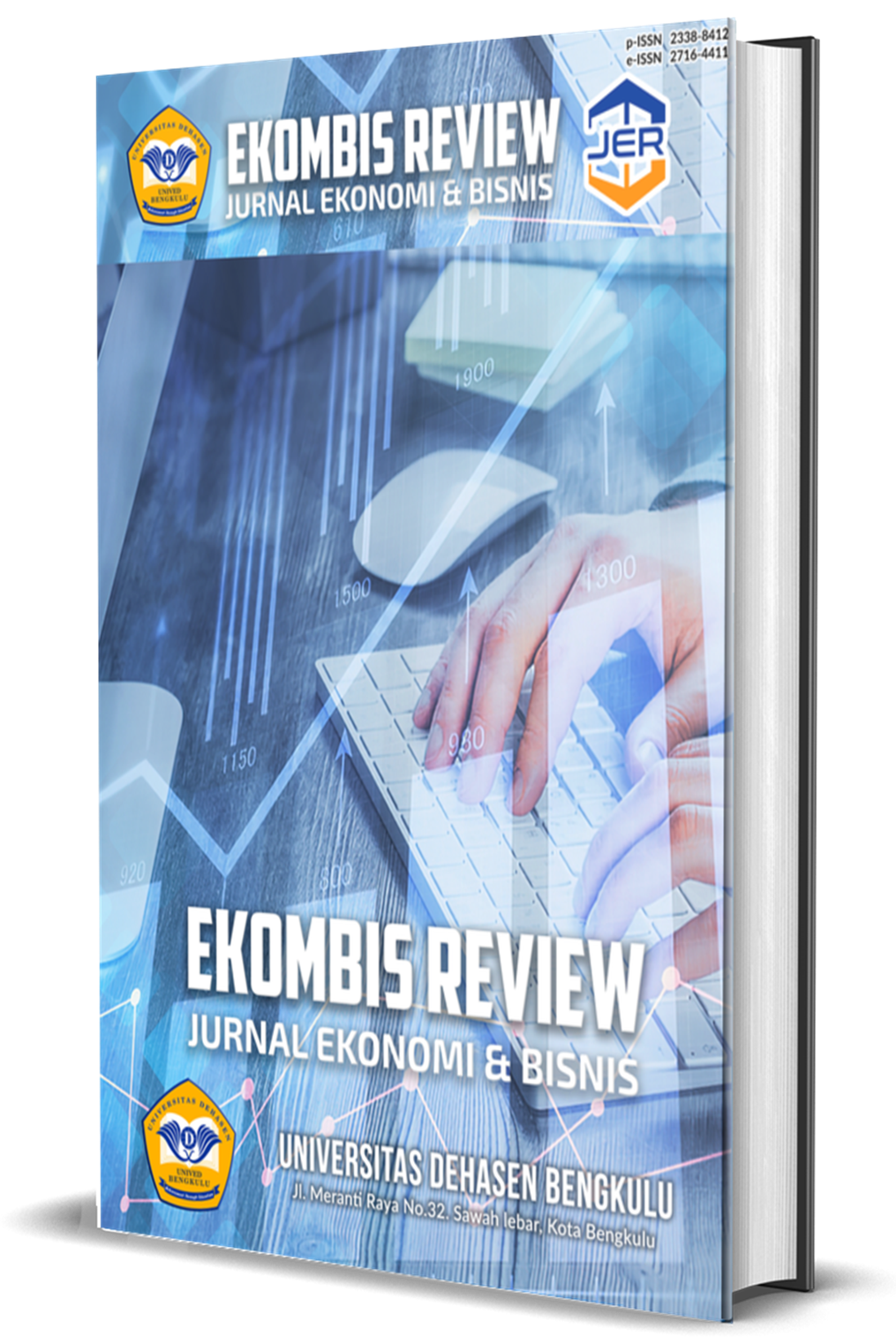Development Of Mining Surrounding Community Through CSR PT NHM As Implementation Of SDG-12
Abstract
Negative impacts on the environment arise when human consumption and production increase. Efforts to achieve sustainable consumption and production patterns must align with the objectives of the Sustainability Development Goals (SDGs), especially point 12 of the 17 SDGs, namely Responsible Consumption and Production. Ensuring sustainable consumption and production patterns. CSR programs can be a source and potential to support achieving these goals. This study will explore, dissect, and provide offers on PT Nusa Halmahera Mineral's CSR program, which is seen from the side of its program, which is already in line with supporting the implementation of the 12th Sustainable Development Goal (SDGs-12). One of the CSR programs that can adopt a community development approach in realizing SDGs-12 is the organic and non-organic waste management program. Effective and efficient waste processing can reduce the amount of waste produced and the negative impact of waste on the environment and human health. This type of research is qualitative research using primary and secondary data. The analysis was conducted by reviewing and comparing previous studies on the relationship between SDGs and community development in CSR, as well as the approaches and methods that corporate CSR can apply for waste management.
Downloads
Copyright (c) 2025 Ruliyanto Syahrain, Faradisa Bachmid, Faradila Katimen, Firawati Y.Tjan

This work is licensed under a Creative Commons Attribution-ShareAlike 4.0 International License.
An author who publishes in the EKOMBIS REVIEW: Jurnal Ilmiah Ekonomi dan Bisnis agrees to the following terms:
Author retains the copyright and grants the journal the right of first publication of the work simultaneously licensed under the Creative Commons Attribution-ShareAlike 4.0 License that allows others to share the work with an acknowledgement of the work's authorship and initial publication in this journal
Submission of a manuscript implies that the submitted work has not been published before (except as part of a thesis or report, or abstract); that it is not under consideration for publication elsewhere; that its publication has been approved by all co-authors. If and when the manuscript is accepted for publication, the author(s) still hold the copyright and retain publishing rights without restrictions. For the new invention, authors are suggested to manage its patent before published. The license type is CC-BY-SA 4.0.
EKOMBIS REVIEW: Jurnal Ilmiah Ekonomi dan Bisnis is licensed under a Creative Commons Attribution-ShareAlike 4.0 International License.














